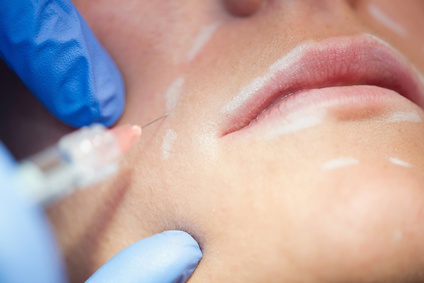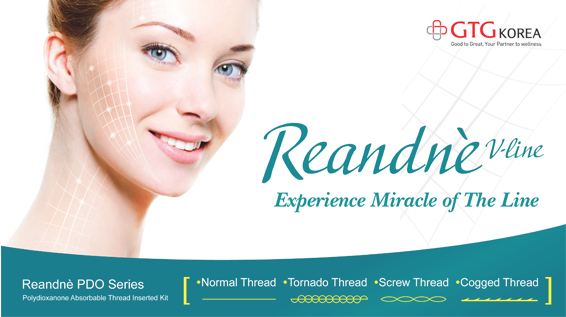
In Taiwan, the past decade has witnessed a tremendous increase in the number of patients who request and receive facial fillers treatments. Most facial esthetics patients in Taiwan are female, but the proportion of males seeking treatment has also increased during the last decade, from around 10 % during 2005–2009 to 20 % during 2010–2014.
The proportion of younger Taiwanese patients (aged 18–40 years) who present with esthetic concerns has also increased slightly in the past 5 years from about 40 % during 2005–2009 to 50 % during 2010–2014. This is probably because the public has a much greater awareness of the treatment options available to them.
Other possible reasons for this include (1) the increasing social acceptability of enhancing one’s appearance; (2) increasing affordability and accessibility of the fillers treatments; (3) technological advances, and (4) improved results achieved with fillers treatments such as hyaluronic acid fillers.
[Advertisement] Reandnè Thread Series – Manufacturer: GTG KOREA(www.gtgkorea.com)
The Impact of Aging
Most Taiwanese esthetic patients, whether young or old, prefer to avoid surgery wherever possible, and they seek natural-looking results. Younger patients (aged below 40 years) most commonly request the esthetic treatments that improve facial shape and three-dimensional structure. As patients age, their treatment needs and preferences evolve to address issues associated with aging.
Those aged older than 40 years are more likely to request treatments and procedures that improve wrinkles, sagging, and volume loss. In the Taiwanese population, wrinkle development seems to follow a biphasic trend, with a slow increase until the ages of 40 to 50 years, followed by a rapid increase thereafter. In most patients, the dense fat and fibrous connection between the superficial muscular aponeurotic system (SMAS) and the deep fascia reduce mid-facial sagging.
The combination of increased superficial fat and thick dermis also decrease the severity of superficial wrinkles. However, due to the gradual loss of dermal support, the heavier malar fat pad and weaker skeletal support in the face lead to tissue descent and manifests as facial sagging after the ages of 50 years.
Amongst the patients aged 18–30 years, the three most common presenting esthetic concerns and complaints are nasal shape, followed by masseter volume, and tear trough. For patients aged 31–40 years, the three most common esthetic concerns are upper facial lines/nasolabial folds, tear trough, and nasal shape.
For patients aged 41–55 years, the leading three complaints are nasolabial folds, upper facial lines, and tear trough/jowls/upper eyelids droop. As for patients aged more than 55 years, the most common concerns are jowls, upper facial lines/nasolabial folds, and upper eyelid droop.
-To be continued





















